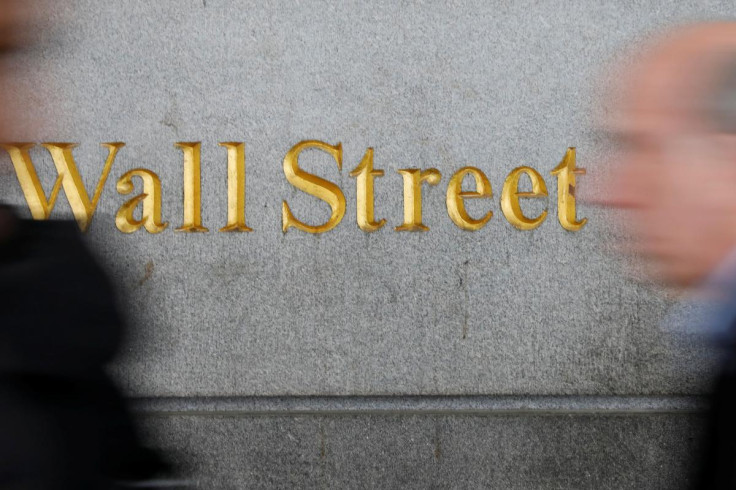Where Is The Bottom On Wall Street?

That's a difficult question to answer as none has the perfect foresight to determine where the market will be trading tomorrow, a month, or a year from now.
However, the most likely scenario is a replay of the 2018-19 scenario. First, the Fed will raise interest rates too fast, pushing the economy into a recession. Then, inflation will cool off due to other factors unrelated to interest rates, the CPI will be reformulated again, and Jerome Powell will declare victory. Then he starts lowering interest rates again because politicians need to be reelected, and the markets will be off to the races.
Jake Ryan, author of "Crypto Investing in the Age of Autonomy" at Wiley, thinks the Fed may reverse course. "The Fed has announced that they'll initiate QT in June of this year, but all risk assets will crumble when they do," he told International Business Times. "But the Fed doesn't have the stomach to take the S&P 500 -30% peak-to-trough or the QQQ -35% peak-to-trough. So the Fed will be forced to reserve its course on QE and rate hikes. They are a political body and not independent, and we saw this happen in 2018 Q4. Once they hit max pain, they'll be forced to reverse course."
"So, the bottom will happen in June after the start of QT, crash, and when the SPY Index is around 3,400 and the QQQ Index is around 265."
Still, trying to time the market's direction is a difficult task. "Attempting to time the market is 'fools gold'," Robert R Johnson, a professor at Creighton University's Heider College of Business, told IBT. "Anyone who tells you that they can name or time a market bottom is delusional," he said, echoing the academic community's standard position on market timing.
Christos Giannikos, professor at Baruch College and Columbia University, is on the same page, reminding investors of the "Efficiency Hypothesis." That's a well-known principle in finance, which argues that asset prices are accurately and fairly priced, reflecting all the available information, meaning that it's only new information that can move the market in one direction or the other."
At this juncture, the critical new information that could move the market is inflation, pushing bond prices lower and yields higher, dragging stock prices downward, too. "I don't think inflation will get worse from here," Giannikos told IBT. "Some of the factors that were pushing inflation higher, like shipping rates, are easing."
Meanwhile, Giannikos sees the high energy prices taking their toll on consumer spending, easing inflationary pressures on the demand side. "It isn't the end of the world. After all, as bond yields climb above 3%, they will become appealing to investors, which could help bring these yields down again. Investors must look at the dynamics of each market and consider alternatives," he said.
Still, Quo Vadis Capital President John Zolidis thinks that the way markets overshoot on the upside, they can overshoot on the downside too. "Most of the time, stock prices reflect what professional investors think about a company's fundamentals, and share price movements will provide an indication whether things are getting better or worse," he said in a research note to his subscribers last week. "During periods of market excess or panic, however, share prices can get detached from a company's prospects."
"The stock market is no longer a future discounting mechanism to the economy and is not connected to economic or productivity data any longer," adds Ryan of Wiley. "It's tied to monetary policy and money printing via QE. The Fed stopped buying $120 billion of securities every month in 2021 Q4, so the market faltered."
Still, Zolidis also reminds investors not to try to time the market by cashing out and waiting to get back in when conditions improve. They will miss the next market upturn and get stuck with actual losses.

Photo: Reuters / SHANNON STAPLETON





















